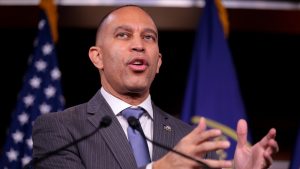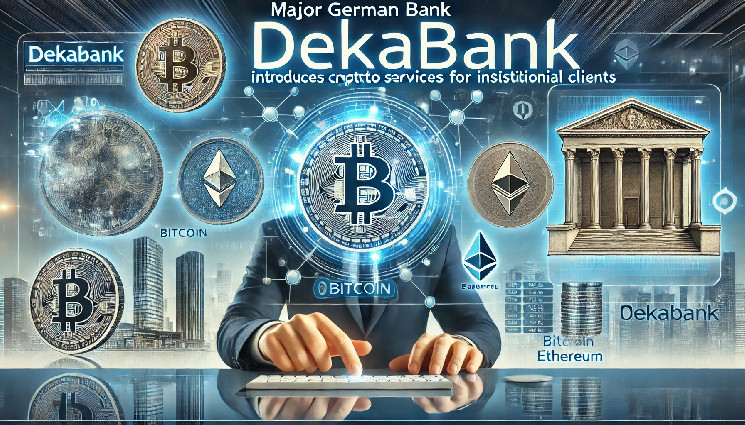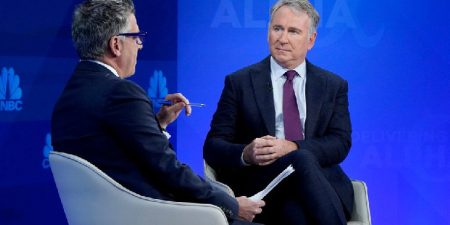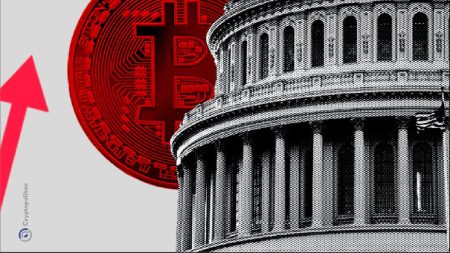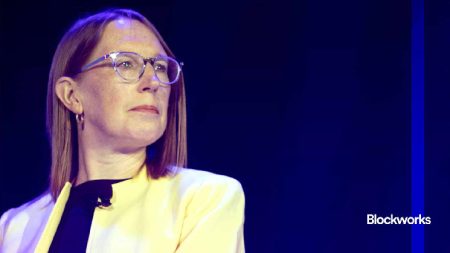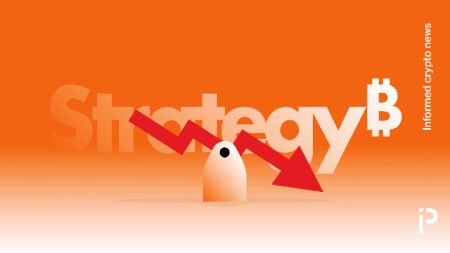First, I read through the provided content to understand the key points. It’s about DekaBank, a major German asset manager, entering the crypto space by offering institutional services. They have regulatory compliance with BaFin and ECB, which is important for trust. Germany has been allowing institutional funds to invest up to 20% in crypto since 2021. There’s a mention of a tweet from André Dragosch and a statement from Martin K. Müller. Also, the broader implications for the financial industry and Germany’s stance on digital assets.
Now, I need to structure this into 6 sections with headings. Let me think about how to divide the content:
1. Introduction: Maybe start with the significance of DekaBank’s move.
2. Details of the services and the regulatory aspects.
3. Impact on the financial industry.
4. Germany’s regulatory environment and its shift.
5. Quotes and insights from key figures.
6. Conclusion on future implications.
Wait, but the example provided uses different headings. Let me check that. The example has sections like “A Significant Leap in Institutional Crypto Adoption,” “Tailored Services,” “Regulatory Compliance,” “Broader Implications,” “Insights from Industry Leaders,” and “Final Thoughts.” That structure makes sense.
I should follow a similar flow. Start with the big picture, then details, compliance, implications, expert opinions, and wrap it up.
I need to make the language more engaging and humanized. That means using relatable examples and maybe a conversational tone. Also, ensuring that each paragraph is well-explained but concise enough for 6 paragraphs.
I should also pay attention to the word count. The user asked for 2000 words, so each paragraph should be around 333 words. That gives enough space to elaborate but stay within the limit.
Let me think about each section:
1. **Introduction**: Highlight DekaBank’s move as a significant step in traditional finance embracing crypto. Mention Germany’s 2021 regulation change as context.
2. **Details of Services**: Talk about institutional focus, the 20% allocation, how the services are structured, maybe mention Sparkassen-Finanzgruppe.
3. **Regulatory Compliance**: Explain the importance of BaFin and ECB oversight, the custody license, and how this builds trust.
4. **Broader Implications**: Discuss how this move affects the financial industry, increased institutional participation, and maybe touch on the digital euro.
5. **Expert Insights**: Include the quotes from Müller and Dragosch, providing their perspectives.
6. **Conclusion**: Summarize the significance and future outlook, balancing the volatility and optimism.
I need to ensure the language is clear and accessible, avoiding too much jargon. Maybe explain terms like BaFin and ECB briefly for readers who might not be familiar.
Also, include the current BTC price and its volatility as a point in the conclusion to highlight the market’s current state.
Now, I’ll start drafting each section, making sure each flows into the next and covers all key points from the original content.
**DekaBank’s Venture into Institutional Crypto Services: A New Era for Traditional Finance**
In a bold move that resonates throughout the financial world, DekaBank, a titan in Germany’s asset management sector, has officially launched cryptocurrency trading and custody services tailored for institutional clients. This leap into the digital asset space marks a significant milestone in the integration of cryptocurrency into traditional finance. As one of Germany’s leading asset managers, overseeing approximately $395 billion, DekaBank’s entry underscores a growing acceptance of digital assets, signaling a shift in how traditional financial institutions perceive and engage with cryptocurrencies. This move is particularly noteworthy given Germany’s regulatory environment, which has been progressively supportive of digital assets since 2021, allowing institutional funds to allocate up to 20% of their holdings to crypto. This strategic expansion by DekaBank not only reflects the evolving financial landscape but also sets the stage for broader institutional participation in the crypto market.
**Tailored Services for Institutional Clients**
DekaBank’s new offerings are exclusively designed for institutional clients, particularly those within the Sparkassen-Finanzgruppe, Germany’s largest financial services conglomerate. This strategic focus ensures that the services meet the unique needs and stringent requirements of institutional investors. The services include both cryptocurrency trading and custody solutions, provided through a tested infrastructure that DekaBank has meticulously developed. Speaking to Yahoo Finance, Martin K. Müller, a board member of DekaBank, emphasized the institution’s readiness to support its clients in navigating the digital asset space, highlighting their experience, necessary licenses, and robust infrastructure. This targeted approach not only bolsters DekaBank’s position in the market but also aligns with Germany’s broader digital finance agenda, which aims to foster innovation while maintaining financial stability.
**Regulatory Compliance: Building Trust and Security**
Central to DekaBank’s venture is its commitment to regulatory compliance, a critical factor in building trust and ensuring security in the digital asset space. The institution has secured a crypto custody license from BaFin, Germany’s financial regulatory authority, under the German Banking Act. This licensure is a testament to DekaBank’s adherence to rigorous regulatory standards and its dedication to operating within a legally compliant framework. Additionally, DekaBank operates under the supervision of the European Central Bank (ECB), further reinforcing its commitment to security and financial stability. Such oversight not only enhances investor confidence but also sets a precedent for other financial institutions considering entry into the crypto market. DekaBank’s emphasis on compliance underscores the importance of regulatory frameworks in fostering a secure and trustworthy environment for digital asset management.
**Broader Implications for the Financial Industry**
The launch of DekaBank’s institutional crypto services is more than a strategic business move; it represents a broader shift in the financial industry’s perception and engagement with digital assets. This development is expected to pave the way for increased institutional participation in crypto markets, potentially leading to higher trading volumes and enhanced liquidity. Moreover, it aligns with Germany’s digital finance agenda, which continues to explore the potential of a digital euro while maintaining a cautious stance on cryptocurrencies like Bitcoin, often likened to the ‘Digital Tulip’ bubble. The integration of cryptocurrency services by a traditional financial institution like DekaBank not only legitimizes digital assets but also highlights the industry’s adaptability and willingness to evolve alongside technological advancements.
**Insights from Industry Leaders**
The significance of DekaBank’s move is further underscored by insights from industry leaders. André Dragosch, PhD, European Head of Research at Bitwise, highlighted the importance of DekaBank’s expansion in a recent tweet, noting the institution’s entry into cryptocurrency trading. His commentary reflects the broader optimism about the potential of digital assets within traditional finance. Similarly, Martin K. Müller’s statement emphasizes DekaBank’s readiness and commitment to supporting institutional clients in their adoption of digital assets. These perspectives illustrate the growing confidence in the potential of cryptocurrencies and the pivotal role of institutions like DekaBank in shaping the future of finance.
**Conclusion: Navigating the Future of Digital Assets**
As DekaBank embarks on this new chapter in institutional crypto services, the financial world watches with keen interest. The current cryptocurrency market, with Bitcoin trading at $92,501 despite recent fluctuations, reflects the volatility and uncertainty still inherent in the space. Yet, DekaBank’s move, supported by robust regulatory compliance and a tested infrastructure, signals a cautious optimism about the future of digital assets. This venture not only strengthens DekaBank’s position in the market but also sets a precedent for other institutions. The integration of traditional finance with digital assets may indeed herald a new era, one where innovation and regulation coexist to shape the future of financial services. As the market evolves, DekaBank’s strategic move stands as a beacon of change, illuminating the path for institutions and investors alike.

